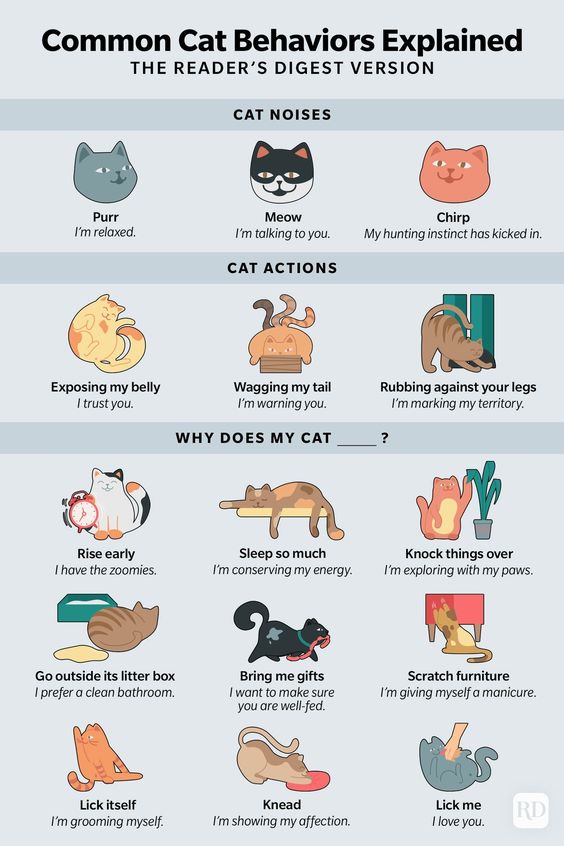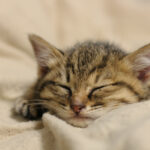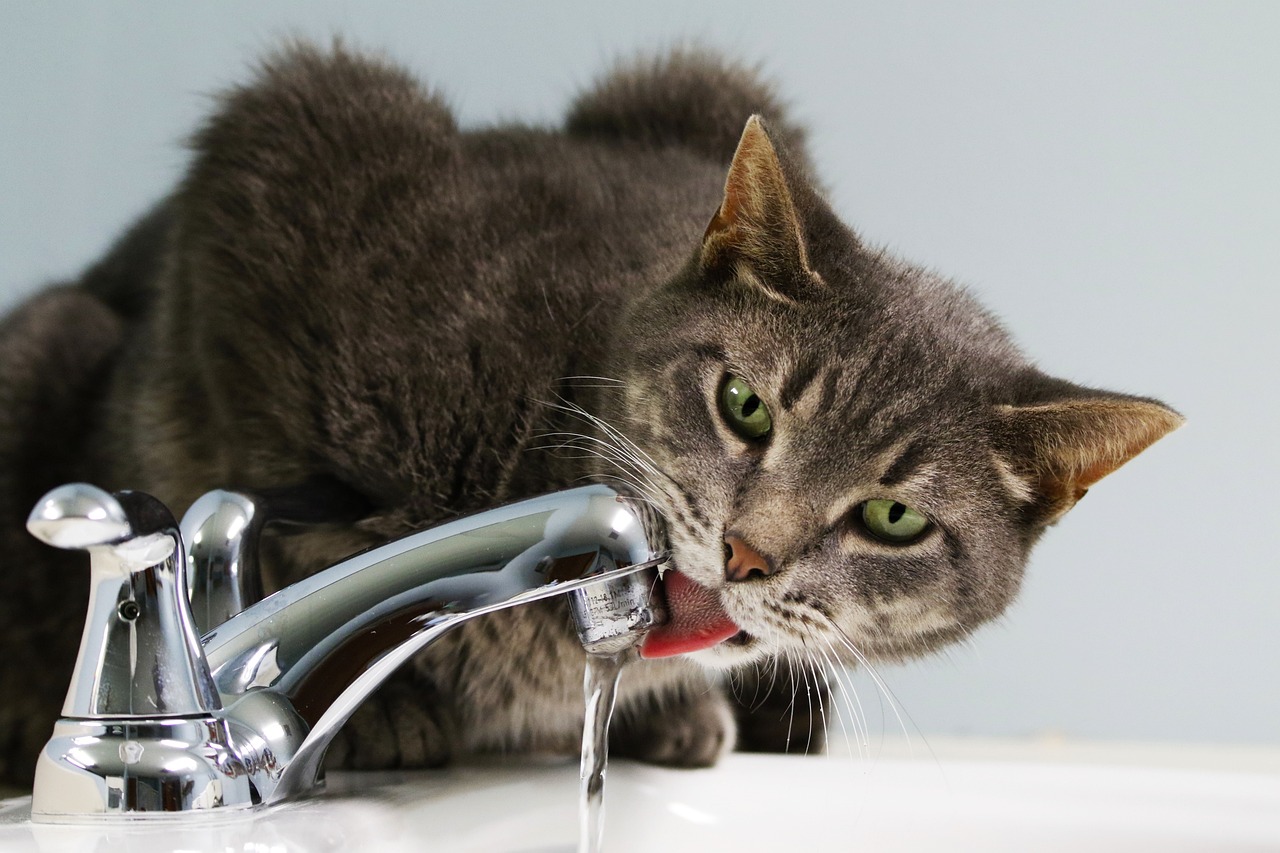Understanding cat behavior is crucial to getting the best relationship with your cat. Whether you are trying to attract a cat to your home or want to learn how to communicate with your cat, it is helpful to understand the basic ways that cats communicate with their owners. If you understand your cat’s body language and use it to your advantage, you can communicate more effectively.
Cats are intelligent and expressive animals, and they’re quick to let you know how they’re feeling. But their behaviors can sometimes be frustrating and hard to interpret. Here are a few of the most common ways they communicate with us. Let’s start with a simple example. A cat may scratch or bite someone in an attempt to stop them from doing something.
A cat that curls up on its back is likely in a predicament. Its hair stands up on the back to make it appear larger to predators. A cat will also curl into a ball to conserve heat. Whether it’s in an attempt to escape a predator or seek out safety, a cat’s arched back can be a sign of a number of different emotions. For example, a cat that has been frightened may suddenly start to exhibit aggressive behaviors.

Cats can also communicate with their owners by meowing. Once you learn to recognize the different meows that cats make, you will be able to interpret what they’re saying. For instance, if your cat is meowing excessively, it may be showing distress and should be taken to the vet for examination. This can help rule out any underlying health issues. The more you understand your cat, the better you’ll be able to respond to it appropriately.
Some cats are naturally curious and like to look at objects. They might seem to push things off of shelves and tables. Sometimes they just like to watch how people react to their antics. You can’t blame them for being curious. But, if you don’t understand their behavior, it might be time to consider some alternative solutions. The following suggestions may help you to understand the way your cat behaves. And remember, cats are just like humans.
Cats rub their faces on things to mark their territory and to communicate with their owners. They also use their whiskers to collect information and to rub things. As a result, cats will leave a unique scent on objects. For example, a dominant male cat will rub his cheeks on more objects than a subordinate cat.
Another behaviour that cats do is to cache their food. While this may be a sign of affection, it can also be a sign of various health problems, including hyperthyroidism, anaemia, and genetic deficiencies. For this reason, you should be careful about your cat’s behavior around food.
Drooling is another common behaviour that cats display. Although most people associate it with dogs, it is completely normal in cats and is part of their natural behavior. In fact, drooling is a sign that your cat is content and is comfortable. Your cat may even knead or scratch objects on the table. You should be careful about letting your cat lick you or scratch your face.
A cat will also make weird noises. It will make chattering sounds when it is excited. Usually, this happens when it spots a possible prey. The sound is a combination of excitement and annoyance. Cats will use this noise to communicate with you. It is also a sign of their natural curiosity.
Another common cat behaviour is biscuit-making. This involves alternating front paws. It has its roots in kittenhood and is a habit kittens learn from their mothers to help milk flow during nursing. This behavior is also soothing and occurs right before a cat sleeps. This behaviour is also called kneading.
If your cat has a habit of pouncing at your feet, it may be trying to get your attention. This behavior may also be caused by catnip. It is also a signal that your cat is content. Catnip has been shown to increase your cat’s attention-seeking skills.
An abnormal behavior involving the litter box may be a symptom of anxiety. You should first determine the source of the stress that causes this behavior. If you find that your cat has an excessive amount of stress, you should consult your veterinarian. It may be a sign of a more serious health issue. Your cat may have hyperthyroidism, kidney problems, or urinary tract issues.























